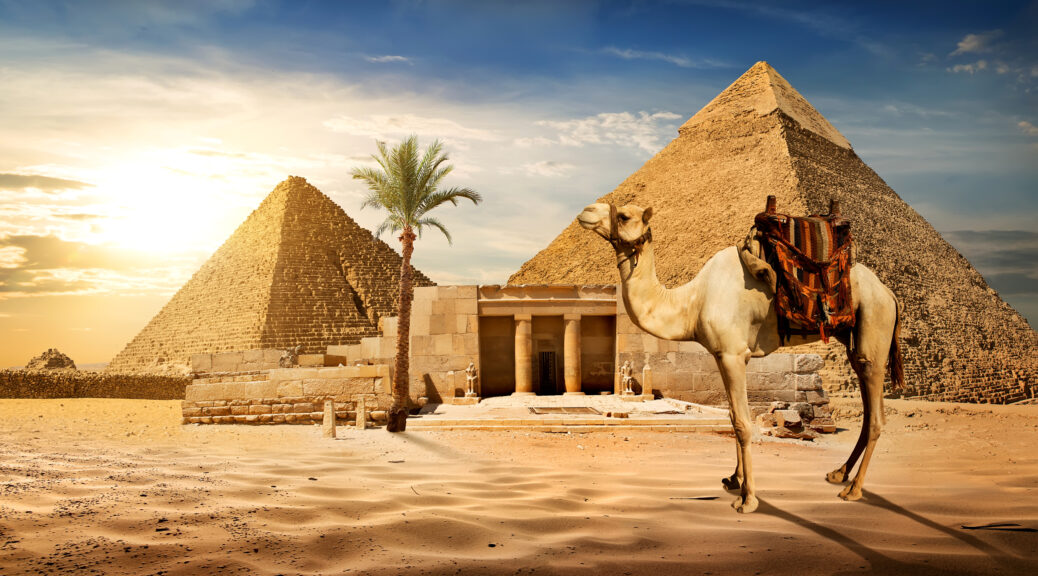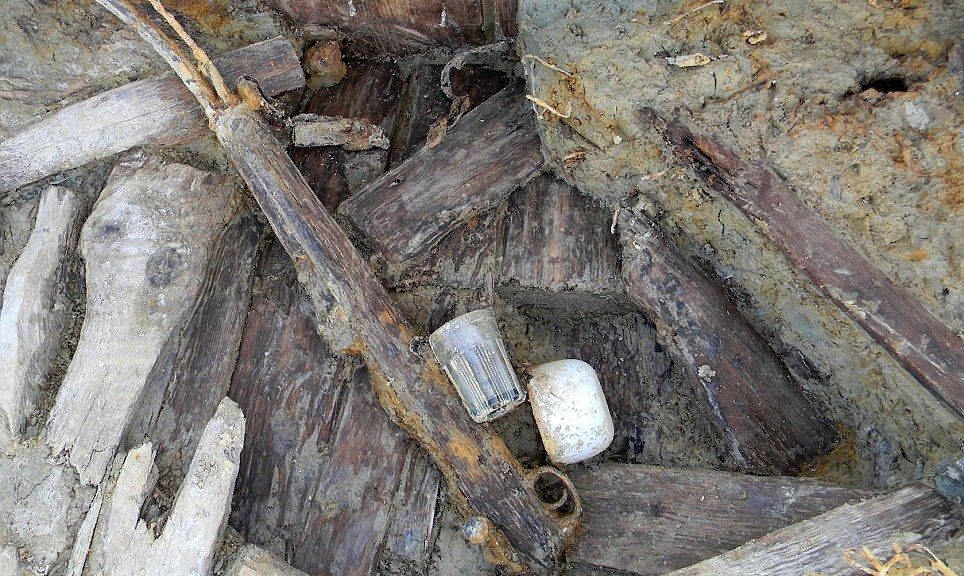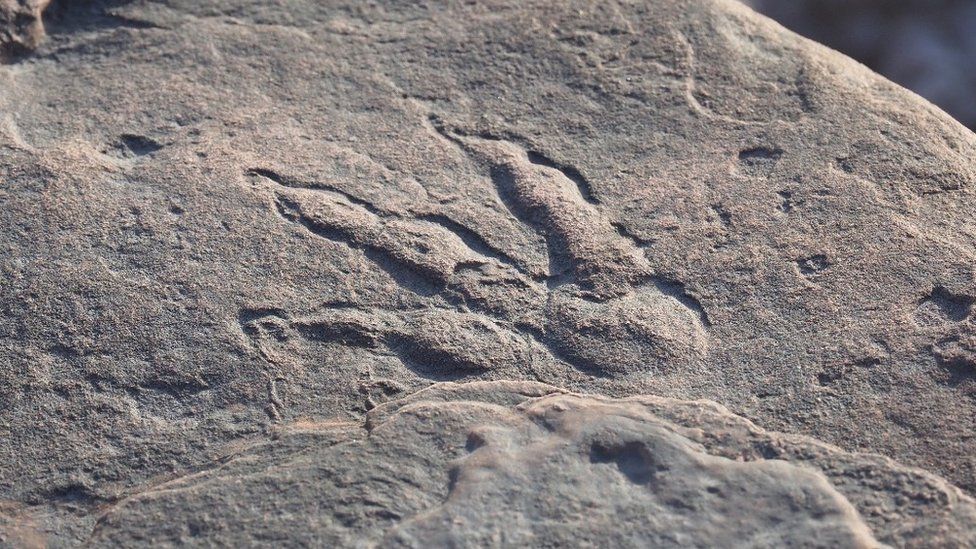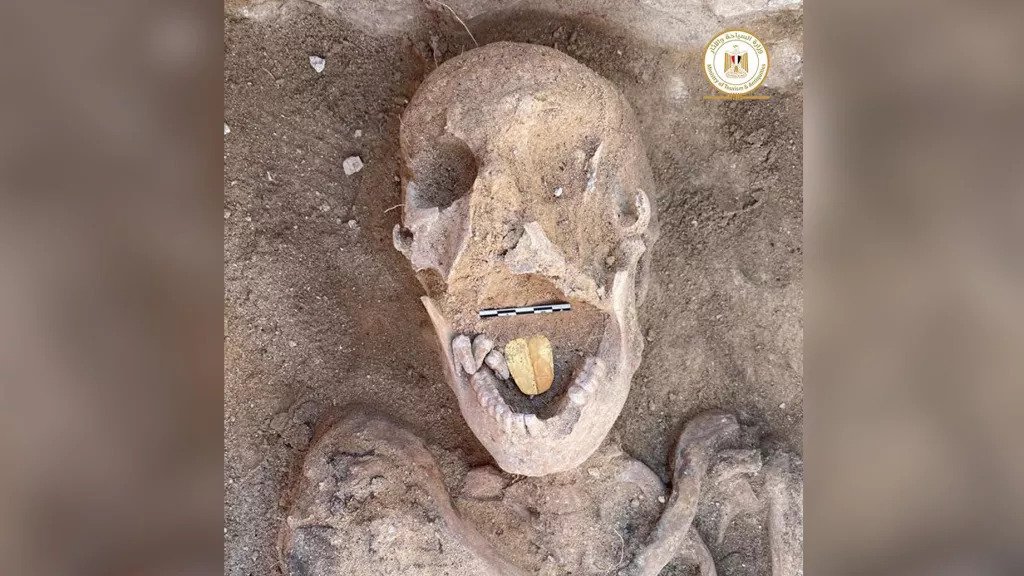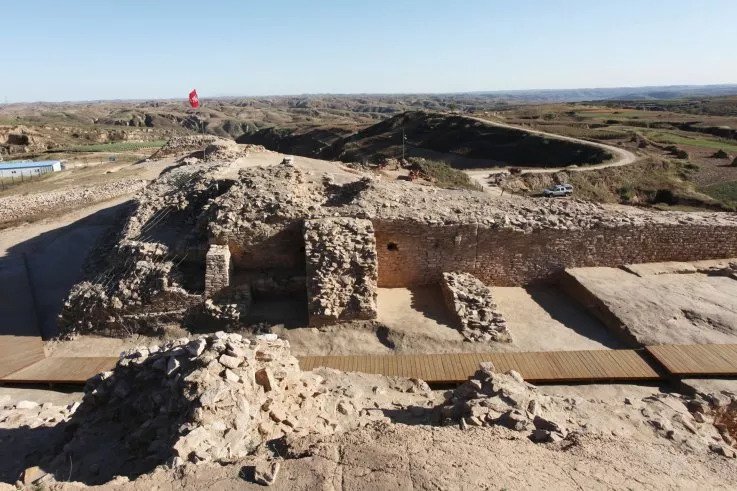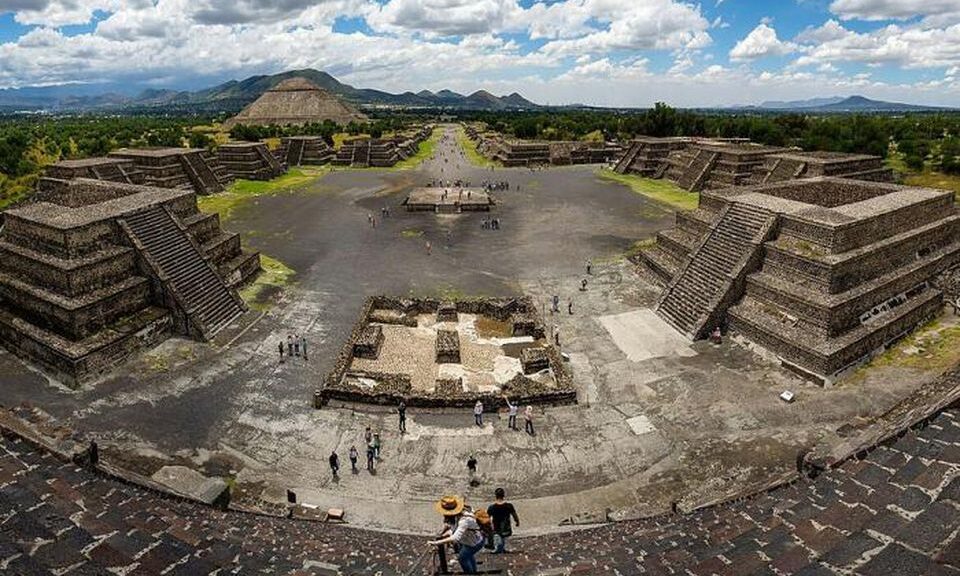There is a ‘Hidden World’ Beneath The Pyramids of Giza, Experts Claim
If you’ve ever seen the pyramids at Giza, you know how beautiful they are. The three monumental pyramids emerge like towering monoliths from a long-forgotten age. The beauty of the pyramids certainly catches the imagination of those who gaze upon them.
In order to see the immense pyramids, most tourists understandably want to see the last intact wonder of the ancient world, but many people are still intrigued by what could be concealed beneath these ancient structures.
Since ancient times, there have been rumours of an underworld beneath the Plateau of Giza, of secret chambers, tunnels, caves and underground rivers said to be beneath the sands.

Many people think there is a vast amount of treasure still hidden somewhere down there – some people even claim there is also a lost library filled with ancient wisdom. Modern explorations have proved some of these theories partially true, with hidden chambers and shafts found in the plateau.
Let’s look at the hidden world beneath the Pyramids of Giza.
The Osiris Shaft

The mysterious Osiris shaft is a steep, narrow shaft under the Khafre causeway that goes to a depth of around 30m. The tunnel has been known about for a long time, but due to being filled with water, it wasn’t possible to fully investigate it. However, by 1999 the water level had fallen enough to allow a team led by Zahi Hawass to excavate it. They discovered the shaft had three levels, with the second level containing two granite sarcophagi with skeletal remains inside.
Most interesting of all was the last level, which turned out to be a royal subterranean hall that contained a perfectly preserved, empty sarcophagus (sounds like the start of a Mummy film). The hieroglyphic word ‘pr’, meaning house, was found on the floor in this hall. The Giza Plateau was called the house of Osiris, Lord of Rastaw.
Carbon analysis from artefacts found in the last level is probably from the sixth dynasty of the Old Kingdom, making it the oldest datable material found in the Giza plateau. This proves that the Greek historian Herodotus was right, who wrote in the 5th century BC that the original builders of the pyramids had built chambers and shafts under Giza.
Many experts think the Osiris shaft was built as a symbolic tomb to worship Osiris. Some people have claimed that the Osiris shaft has many other tunnels leading off it, which may lead to other chambers and shafts beneath the pyramids.
Perhaps there is more to be discovered down there.
Chambers Beneath The Great Sphinx of Giza

The enigmatic Great Sphinx of Giza has long attracted speculation, from the plausible to the downright bizarre. There is a popular theory that the sphinx is much older than it’s a current estimation, with some claiming it’s over 10,000 years old. There are also theories that the sphinx sits on top of hidden chambers that may contain treasure.
The back of the Sphinx contains a sealed passageway that leads down into the statue, people have speculated this may lead to a chamber.
There are also two holes underneath the sphinx that lead to passageways and chambers underneath it. GPR surveys have shown the chambers exist.
The chambers haven’t been fully explored yet, so who knows what they may lead to. Perhaps there are chambers under the sphinx that contain Khafre’s treasure, or maybe even the fabled Hall of Records (I doubt this exists). It’s also possible that tunnels branch of from the chambers as part of a whole subterranean network beneath the Giza Plateau.
Whatever the truth it’s clear the Sphinx hasn’t given up all it’s secrets yet.
Caves and Tunnels Beneath The Plateau


According to certain researchers, there is a large system of caves beneath the Giza Plateau. British explorer Andrew Collins claims he discovered an entrance to this network, which he says leads to a whole network of caves, tunnels, tombs and chambers beneath the area.
He only went a few hundred metres but said there was a lot more to explore down there. In the Old Kingdom Giza was known as Rostau – the mouth of the passages- so this could have referred to it being the site of a subterranean network.
There are numerous openings and shafts throughout the Giza Plateau that lead underground. Some of these openings lead to small tombs and storage rooms, but others appear to go much deeper.
It’s possible there really is a cave network beneath part of Giza that was expanded and added to by the Ancient Egyptians so that they created a hidden world beneath the pyramids. One thing is certain, there is still a lot to discover beneath the most famous ancient site in the world.
Maybe some of these lost chambers still contain priceless relics and treasures from the Old Kingdom, just waiting to be found.


